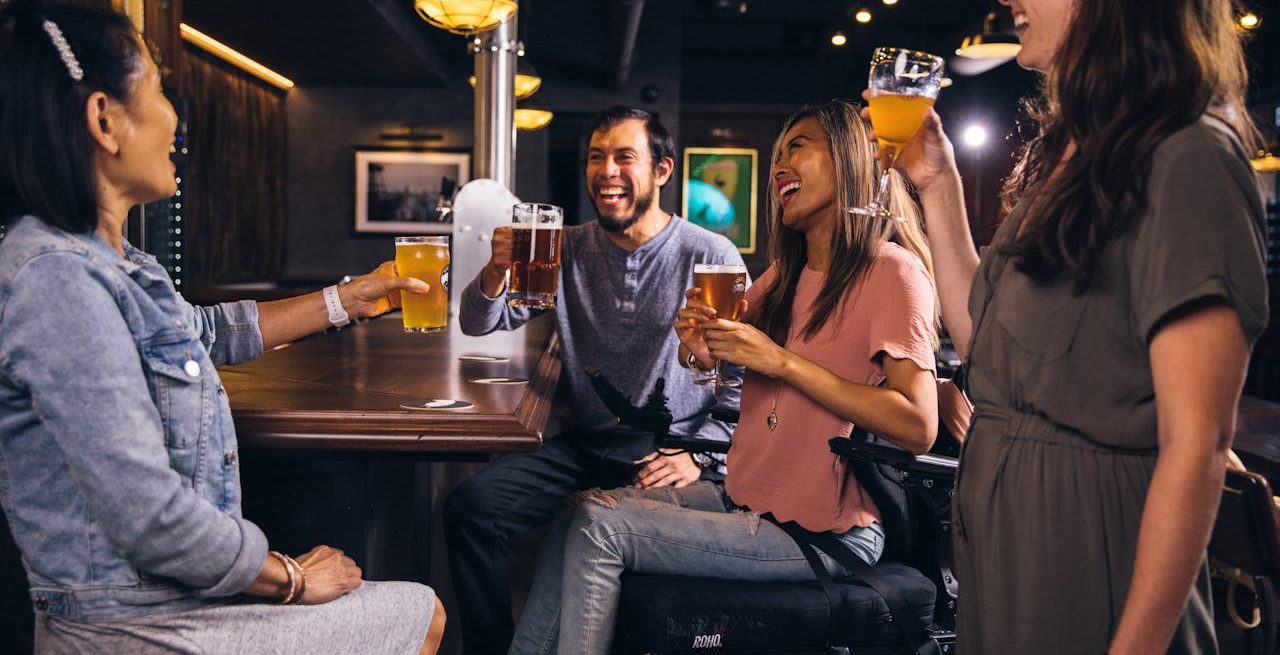Having a Responsible and Successful Drinksgiving
2 Min Read By MRM Staff
Drinksgiving aka Blackout Wednesday has become the lead-in to the holiday season. While there is an opportunity for restaurant operators to reap the benefits of increased alcohol sales, they must pay attention to the potential liability.
States such as Pennsylvania and North Carolina enacted new laws earlier this year that allow their restaurant owners to serve alcohol for longer periods of time. This could mean more alcohol consumption by customers, higher risk of accidents by customers and higher probability of lawsuits against restaurant owners. In fact, 43 states have laws that hold business owners liable for serving alcohol to someone who later causes injury or death. This includes property damage or even assault and battery.
Modern Restaurant Management (MRM) magazine reached out to John Cassetta, Restaurant and Franchise Solutions Manager at Aon, for his insights on best practices for restaurants on Drinksgiving.
What are some things restaurants can do to responsibly promote Drinksgiving? Should they avoid promotions?
Restaurant owners should be allowed to promote their establishment on any day of the week, however on days of high risk like Drinksgiving, there needs to be specific safeguards in place for alcohol-related tragedies that could hold the restaurant responsible and liable.
Promoting Drinksgiving on its own is quite rare for restaurants. However, it’s critically important for restaurants to take the night seriously and build a safety system for intoxicated consumers.
In light of new laws permitting establishments to serve alcohol for longer hours, how should operators be training staff to understand both the profit potential and the additional responsibility?
The training for restaurant staff doesn't change because of extended service hours. The real challenge for restaurant owners is the increased possibility of alcohol-related incidents, simply due to more time for risks to happen.
Employees should be informed about the need to adhere to alcohol service training and be able to recognize when a person may be overserved.
What are some best practices that restaurants need to have in place to reduce liability on alcohol-focused dates such as Drinksgiving?
It is absolutely critical for restaurant owners to monitor levels of intoxication with customers, because the consequences of drunk customers can be tied to the establishment that served them. It is also critical for restaurant owners to have some form of liquor liability insurance coverage to protect themselves from any liability from unforeseen alcohol-related tragedies.
Before Drinksgiving or any other night of high alcohol consumption begins, there are several strategies or tools a restaurant owner can implement. Strategies might include additional training for bartenders, coordinating driving services and safety tips for customers looking out for other customers that may be too intoxicated to take care of themselves.
This also applies to large groups of customers that attend a happy hour for cheaper drinks, creating more stress for bartenders and servers. The average restaurant in the U.S. typically has 1 bartender per 50 customers. If bartenders are overwhelmed or ignore a dangerous situation that’s getting out of hand, there could be dangerous consequences for the restaurant, the intoxicated customer, or anyone who comes in their path outside the restaurant.

